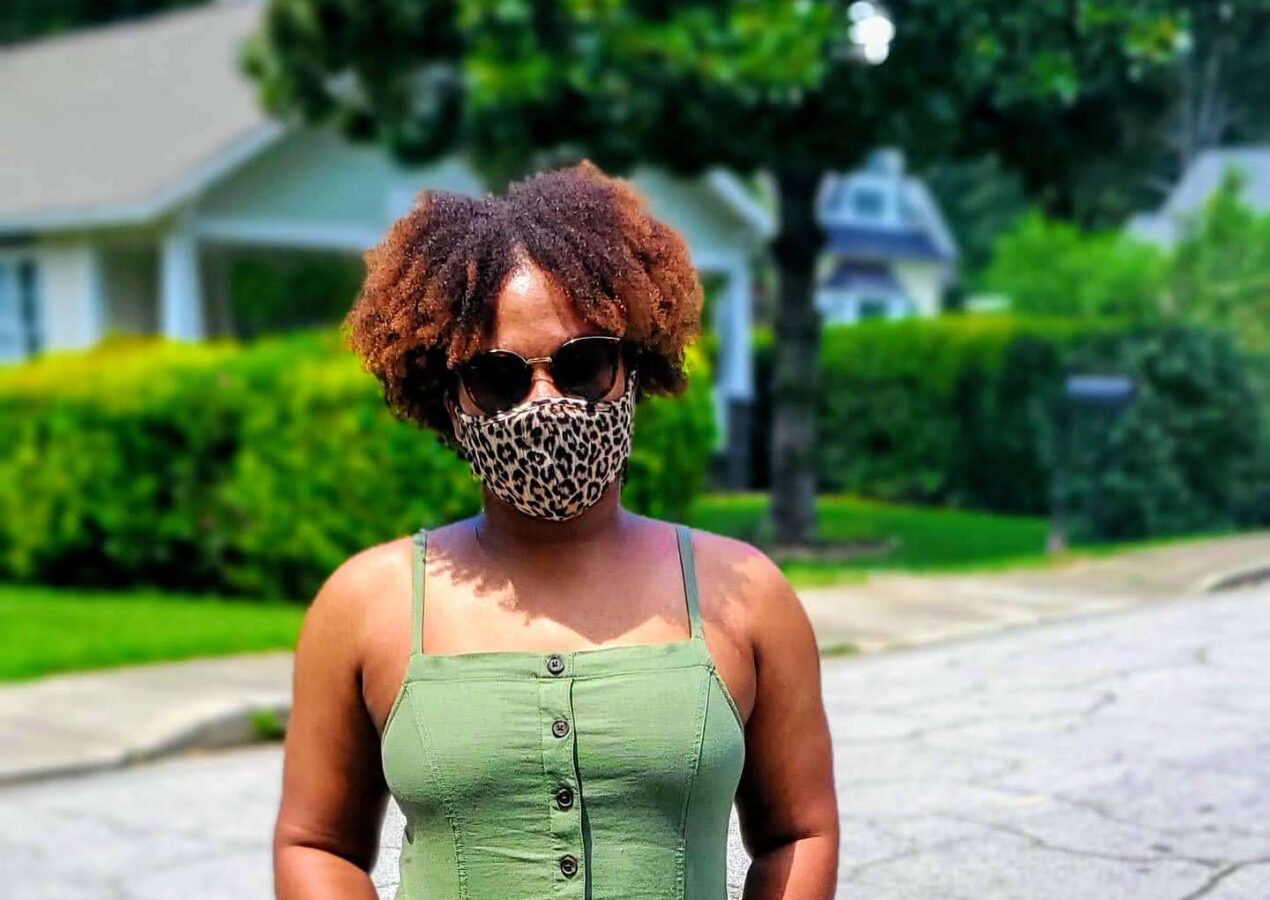We may receive a small commission for clicks or purchases made through our website or emails. This helps us fund the finds we share at no extra cost to you. Thanks for your support!
The standard for beauty is always changing. Naturally, beauty is in the eye of the beholder and will be entirely up to people’s judgment. But some experts would say there is a standard to beauty, and for the last few decades, there are two things that will always be the cornerstone of vision for women: skincare and fashion.
As most of us know, women have been fighting an uphill battle for fundamental human rights in Western and Eastern communities. But even though most of the global population is hell-bent in protecting traditional conservative values, we can’t deny that radical changes have been made for centuries. More progressive values have ensured that women could exercise more rights and help generate the production of products for women.
As technology continues to develop, more products are starting to become geared towards women. It’s only now that we have state-of-the-art and high-quality skincare products, such as Dear Klairs items. But other than skincare, most apparel brands catered towards women have also left their mark with one of the most iconic comfort wear that has been gaining traction throughout decades: lingerie.
Timeline of What Was Considered Sexy
So how did women slay back then? Here are some standards that have changed in the span of one hundred years:
The 1900s
During the 1900s, most of the women that come from elite and noble backgrounds would have at least around 11 layers of lingerie. Even when most of the women during these times would be wearing thick layers of clothing, it would still be taboo to show some curves.
The 1920s
It all changed in the 1920s when fashion emphasized a boyish figure that lacked hips, breasts, and defined waists. Corsets were mostly phased out with a drop of sale by 33%, but most would adapt to changes in the industry. It was designed to flatten the front and backside shape of a woman’s figure. Throughout the years, feminists’ predominant attitude towards women’s fashion, especially in intimate apparel, was a mostly hostile one.
The 1960s
In 1968, around 400 feminist and civil rights protesters held a protest against the Miss America pageant. The women intended to burn their bras, but when the boardwalk regulations wouldn’t allow it, they threw their restrictive garments such as bras, tights, and high heels into large trash bins. The press release for the protest called on women to “reclaim ourselves for ourselves” and acquired the nickname Bra-Burners, even though no bras were burned.
Feminist Protests
Together with the changing political environment, protests like the Bra-Burners paved the way towards a looser form of power over dresses for women, including intimate apparel. Lingerie styles became less restrictive, a refusal to be constricted by society’s requirements, and ignoring traditional expectations and standards.
The 2000s
The early 2000s saw big lingerie brands promoting more sensual and sexual images across their lingerie advertising for both men and women. Although feminism still struggled as the lingerie continued to be perceived as objectifying women, the general connotations of lingerie and its consumption started to change.
The critical element was the ownership and choice of sexuality. This variable affecting the relationship between feminism and lingerie, made the production shift to the wearer’s intention. Intimate apparel sheds its associated taboo, paving the way for the space needed for functional aspects of clothing, such as comfort.
Redefining What Is Sexy
Another factor leading to the said rise is the entire notion of what’s sexy has evolved. It is now defined as how a woman feels when wearing something, as opposed to what men have in mind. While often criticized for propagating unrealistic standards of beauty, social media also challenged the same. They created a movement for body positivity, encouraging the acceptance and appreciation of women’s bodies, which came in different shapes, sizes, and appearances. In other words, women have claimed their bodies back for themselves rather than the pleasure of others. Gone are the days of lingerie as something men bought for their wives. Now, lingerie is all about being empowered by feeling comfortable and confident in your own body.
Beauty and what’s considered sexy has always been changing throughout most of the decade. For the most part, patriarchy plays a crucial role in regulating women’s comfort wear and standard of beauty.
In reality, there’s no such thing as an ideal body type. Come on – even Greek deities who were supposedly the epitome of beauty had fat rolls.
So queen, don’t worry too much about what you’re wearing and start dressing up for yourself. As cliche as it might sound: you’re beautiful in your own way, and nobody can tell you otherwise.

